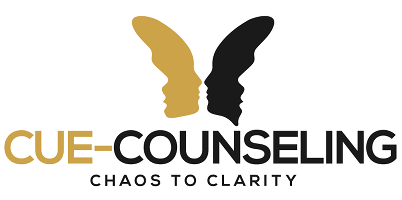Tech Addiction: How to Break Free from Digital Dependence
Recognize the Signs, Reclaim Your Time, and Restore Balance
We’re all addicts now—at least, the potential for addiction is higher than ever. In a world of glowing screens and constant notifications, technology addiction has quietly embedded itself into our daily lives. From compulsive scrolling and binge-watching to online gaming and endless notifications, our digital habits are reshaping how we think, feel, and connect.
But here’s the good news: you can overcome tech addiction—without quitting your job or going off the grid.
What Is Tech Addiction?
Tech addiction refers to the compulsive overuse of digital devices—including smartphones, tablets, gaming consoles, and the internet—that interferes with your daily responsibilities, relationships, and emotional well-being.
Unlike simply spending time online, tech addiction is defined by:
-
Loss of control over usage
-
Negative impact on work, sleep, or relationships
-
Withdrawal symptoms when disconnected
-
Using tech to escape from emotions or discomfort
Whether it’s checking your phone every few minutes, losing hours to YouTube, or numbing emotions through video games or pornography, digital addiction mimics the cycle of any behavioral dependency.
The Hidden Dangers of Technology Addiction
At first, tech dependence seems harmless:
-
You check your phone while in line
-
Scroll during meals
-
Fall asleep to autoplay videos
Over time, these habits form neural pathways that link stimulation to emotional regulation. The result? Increased anxiety when disconnected and emotional distress when offline.
Tech starts to control you, instead of serving you.
Step One: Build Awareness of Your Digital Habits
Like any addiction, tech overuse often serves an emotional purpose. Ask yourself:
-
What am I avoiding with this screen time?
-
Why does boredom feel so unbearable?
-
What emotion am I trying to escape?
-
How is technology soothing me right now?
Psychologists often refer to smartphones as “adult pacifiers.” Real change starts when you stop avoiding and start acknowledging your emotional needs.
How to Overcome Tech Addiction: 3 Practical Strategies
Once you’ve identified your emotional triggers, it’s time to take actionable steps. Here are three proven methods to reduce technology dependence:
1. Time-Limiting Your Screen Use
-
Use screen time tracking tools (Apple Screen Time, Digital Wellbeing, Freedom)
-
Limit access to apps until you’ve completed essential tasks
-
Designate “no screen” zones or hours
-
Take digital detox weekends or evenings
2. Create Digital-Physical Separation
-
Charge your phone outside the bedroom
-
Install browser extensions that block distractions (e.g., StayFocusd)
-
Use a minimalist or dumb phone during breaks
-
Only browse online with a clear purpose, not on impulse
3. Replace Digital Habits with Offline Activities
-
Take up hobbies like fitness, journaling, painting, or gardening
-
Practice mindfulness, meditation, or prayer
-
Engage in social events, outdoor activities, or reading
-
Return to analog pleasures like books, puzzles, or board games
Special Focus: Overcoming Porn Addiction
Pornography addiction is a growing form of tech dependency, especially among men. It can lead to:
-
Emotional disconnection
-
Relationship problems
-
Reduced motivation and mental health challenges
Tips to Break Porn Addiction:
-
Use blocking software or parental controls
-
Reflect on real-world intimacy goals
-
Seek counseling for emotional wounds or shame
-
Replace screen-based habits with fulfilling, connection-focused activities
Progress Over Perfection: Small Steps Matter
You’re not alone in this. Everyone falls into digital distraction at times. The goal is not perfection—but progress and presence.
✅ Use technology as a tool—not a crutch
✅ Make time for real connection
✅ Choose meaningful offline experiences
✅ Restore balance through daily boundaries
Final Thoughts: Reclaim Your Attention, Reclaim Your Life
Technology isn’t the enemy—but mindless use of it can disconnect you from what matters most. When you become intentional about your screen time, you take back your attention, energy, and emotional clarity.
🌱 Set limits.
💡 Make conscious choices.
🧠 Reconnect with yourself and others.
Start small. Be aware. Live deliberately. Your life deserves more than a screen.
